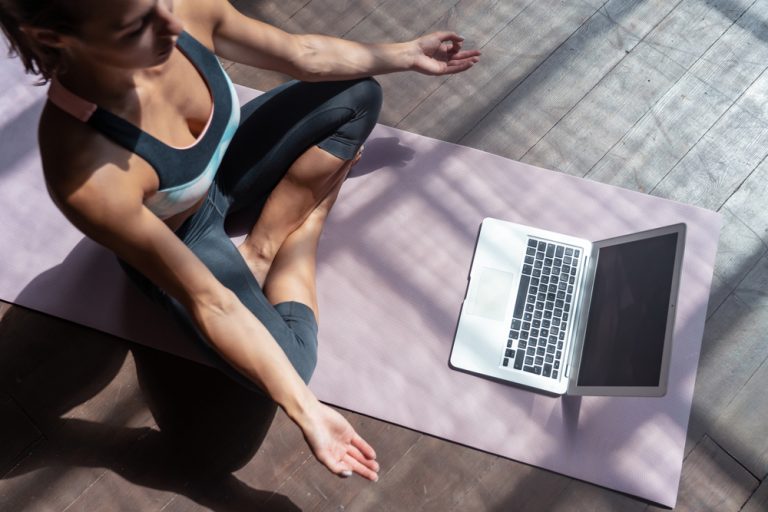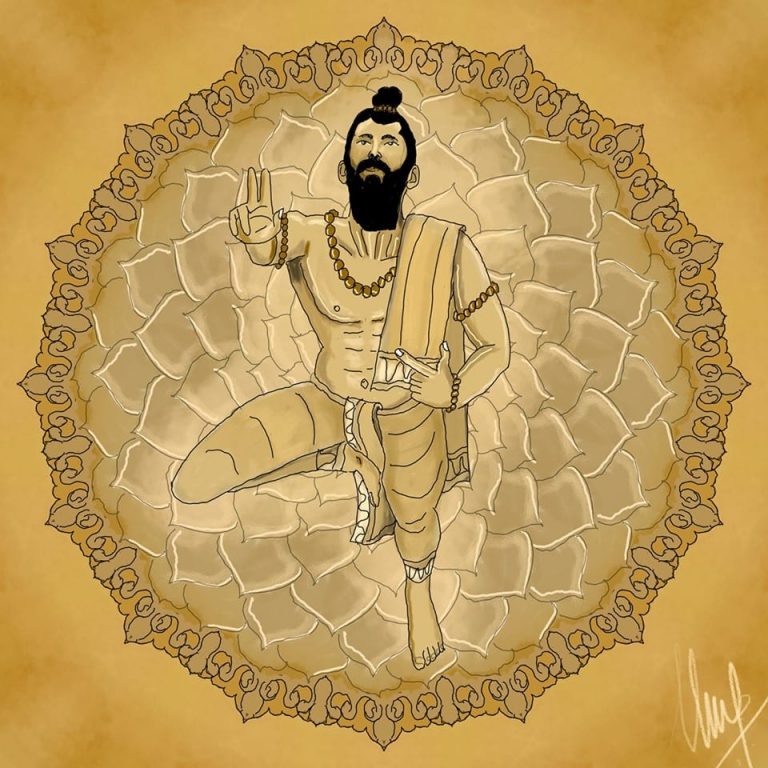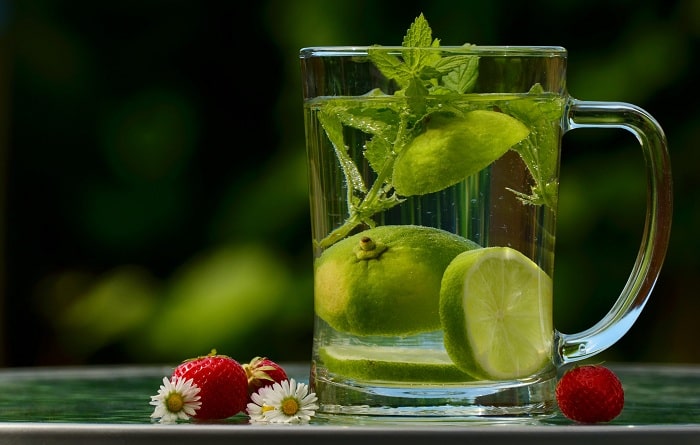Lifestyle interventions have therapeutic benefits. Lifestyle improvement can help to get rid of several lifestyle diseases, reduce chances of cancer, improves heart health, and keeps you healthy for your whole life. The main purpose of this lifestyle guide is to keep you healthy and fit. I recommend the following lifestyle interventions to my all patients and followers:
Meditation
There are two main types of meditation that we usually recommend:
- Gratitude Meditation.
- Breathing Meditation.
Gratitude Meditation
Gratitude meditation is to express your gratitude and thankfulness to Nature. When you are doing this, you should have a smile on your face and a feeling of happiness inside. You should do it immediately after waking up in the morning, before and after eating food.
How to Do
- Sit in a cross-legged posture or any comfortable posture.
- Relax your body.
- Close your eyes slowly.
- Calm your mind and divert it to the feeling of gratitude.
- Bring a smile to your face and have a feeling of happiness inside.
- Express your gratitude and thankfulness to Nature for everything that you have.
When to Do
- Immediately before waking up in the morning, followed by 3 minutes of breathing meditation.
- Before sleeping at night, followed by 15 minutes of breathing meditation.
- Before and after eating food.
Breathing Meditation
Watch your breathing – inhale and exhale, with closed eyes and a feeling of happiness and a smile on your face. Just watch, do not entangle with it. Watching is key.
How to Do
- Sit in a comfortable posture.
- Relax your body and close your eyes slowly.
- Watch your body from head to toe and feel relaxation and calmness in the body.
- Have a feeling of happiness and a smile on your face.
- Now, divert your attention to breathing.
- Do not disturb your natural breathing process.
- Just watch the breathing. Feel inhalation and exhalation.
- Watching is the first key here.
- Whenever your attention flies from breathing, just bring it back to breathing. Practice, practice, practice and practice this. Do not lose your confidence. Practice is another key here. After several days of practice, you will be able to do this meditation accurately.
When to Do
- Do it 2-3 minutes immediately after waking up, after morning gratitude meditation.
- 20 minutes in the morning after getting a shower or any time during the day.
- 15 minutes before sleeping at bedtime, after evening gratitude meditation.
Running
Running has a significant impact on health and longevity. It reduces 25-40% chances of premature death. A person who runs regularly lives approx. 3 years longer than a non-runner. (1)
Running also improves cardiovascular health by lowering body fat, cholesterol and triglycerides. (2, 3)
Running also improves mental health by reducing tension and stress. People who run daily have a better self-image, better mood, and good mental health. (4)
How to Run
You should run daily at your maximum possible running speed. Generally, we recommend running 10 minutes a day. If you are new, start it with 2 minutes a day first and then increase your duration according to your tolerance over several weeks to 10 minutes daily.
If you feel soreness after running, include 2 grams of Ashwagandha along with 200 mg of Dried Ginger Powder in your diet for a few weeks. It will help to prevent and reduce soreness due to running if you just start running.
When to Run
The most recommended time is the morning. But you can run anytime during the day whenever you get time.
Recommended Duration
- Minimum Recommended: 10 minutes a day.
- Maximum Recommended: 30 minutes a day for the general population. Athletes are exceptions under this rule.
- New Start: Start with 2 minutes a day. Increase duration over several weeks. Increase duration by 2 minutes every week.
Exercises
In addition to running, you should also do exercise for 30 minutes daily. You should include different exercises that affect your upper and lower body and abdomen.
Regular exercise reduces the risk of cardiovascular diseases, prevent bone loss and strengthens the muscles. It also improves blood lipid levels. Regular exercise increase lifespan and prevent chronic diseases. (5, 6, 7)
Which exercises should I do?
If you are healthy, you can include the following exercises:
- Push up: 10-20 times.
- Sit-ups: 10-20 times.
- Squats: 10-20 times.
- Lunges: 10-20 times.
- Abdominal Crunches: 10-20 times.
- Planks: 10-20 times.
- Side planks: 10-20 times.
- Glute bridge: 10-20 times.
- Burpees: 10-20 times.
Before including a new exercise, please consult a physiotherapist for a proper exercise regimen suitable for your body tolerance and needs.
Never start with all exercises together. It may cause soreness in your muscles. Start with 1-2 exercises at a time and 3-5 times each. Always start slowly and increase numbers and duration over several weeks.
Fasting
Fasting also improves cognition, restores health, increase lifespan and prevent several diseases. How to do fasting, read Fasting for Healing article.
Diet
You should follow the principles of the Whole Food Plant-Based Diet. For more details, read the following articles.
Food Guides:
- Dietary Guidelines.
- Fruits Guide.
- Vegetables Guide.
- Fresh Herbs Guide.
- Whole Grains Guide.
- Legumes Guide.
- Nuts Guide.
- Seeds Guide.
- Spice Guide.
- Vitamin B12 Guide.
Healing Diets:
- Phase 1: Healing Phase Diet.
- Phase 2: Stabilizing Phase Diet.
- Phase 3: Preventing Phase Diet.
If you are healthy, you should follow the Preventing Phase Diet.






















